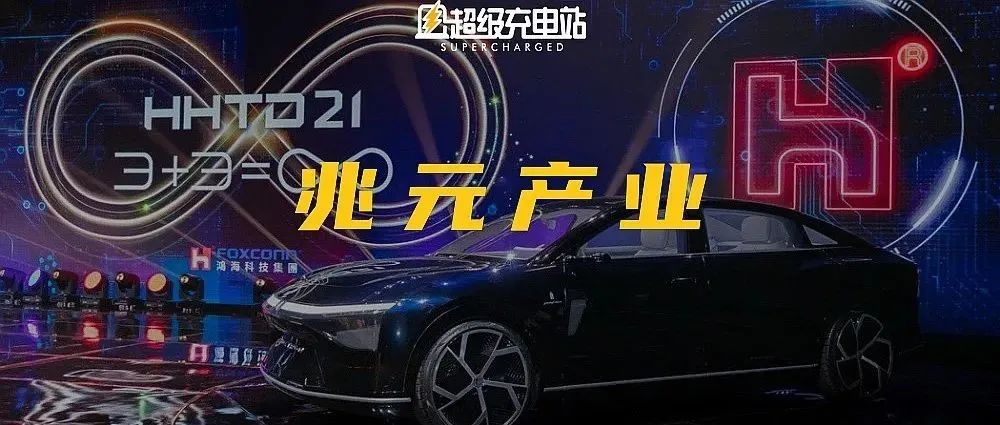Fujian Foxconn’s Passion for Car Manufacturing
How enthusiastic is Foxconn about making cars? Last year they announced their electric vehicle development strategy, and this year they released a new partnership every month.
No one can ignore this high-profile newcomer.
So, what about their capabilities? Why should I trust Foxconn to create good cars?
After a year, Foxconn held the 2021 Tech Day and presented their three pure electric prototypes: Model C (SUV), Model E (sedan), and Model T (electric bus).
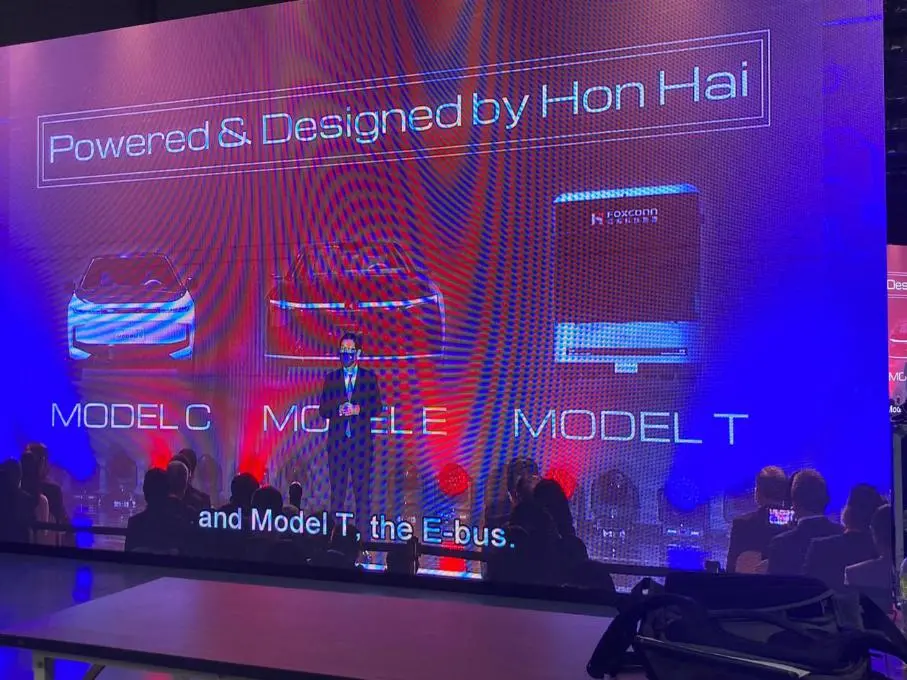
To really understand Foxconn’s strength in car production, let us start with these three reference prototypes.
First, let’s explain why they are called “reference prototypes.” The official explanation is that “these cars are provided to brand customers as reference versions when customers plan their own products. Customers will make some adjustments based on their own brand needs and then become mass-produced versions when they are on the market later.”
We will focus on two passenger car products.
Model C: Focused on the Essence of Pure Electric
From an appearance perspective, the car’s design is not bad. The popular closed front face, hidden door handles, and continuous light bars front and rear are all present.
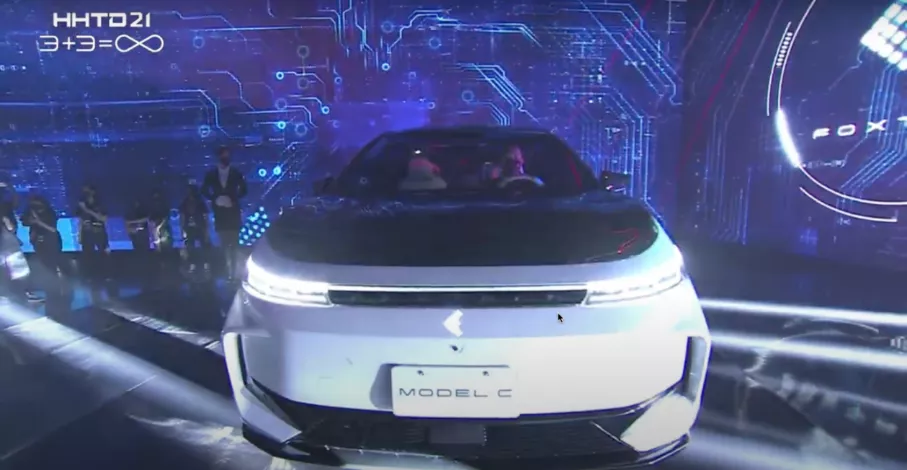
The sides of the front face appear to be hollowed-out air ducts to bring better aerodynamic performance. By the way, here is some data: Model C’s drag coefficient is 0.27 Cd.
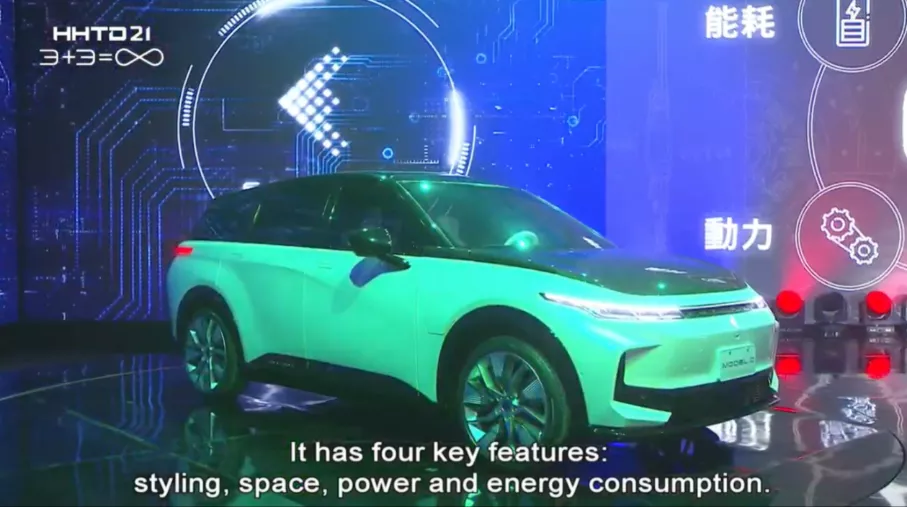
The body lines are simple and minimalist, with the charging port on the right side of the vehicle, but the rear end lacks a bit of beauty and looks too straight.
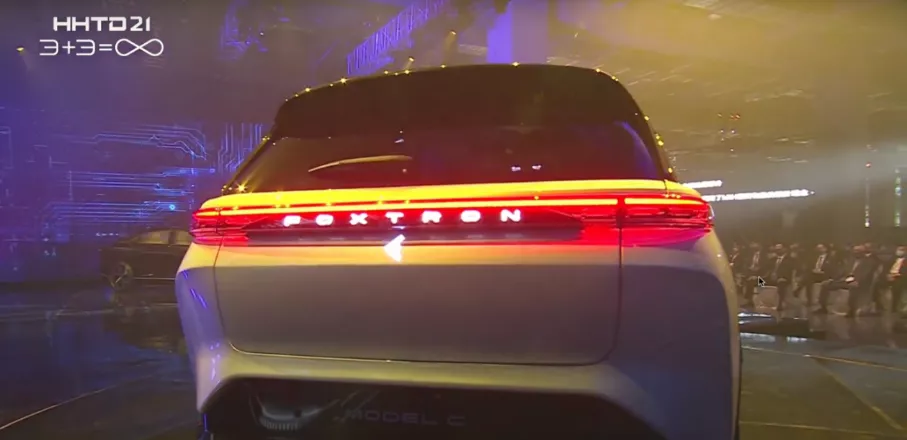
Overall, there are no significant flaws.
As for the interior, Model C uses a combination of a dashboard and a horizontal center control screen, which brings a symmetrical aesthetic.
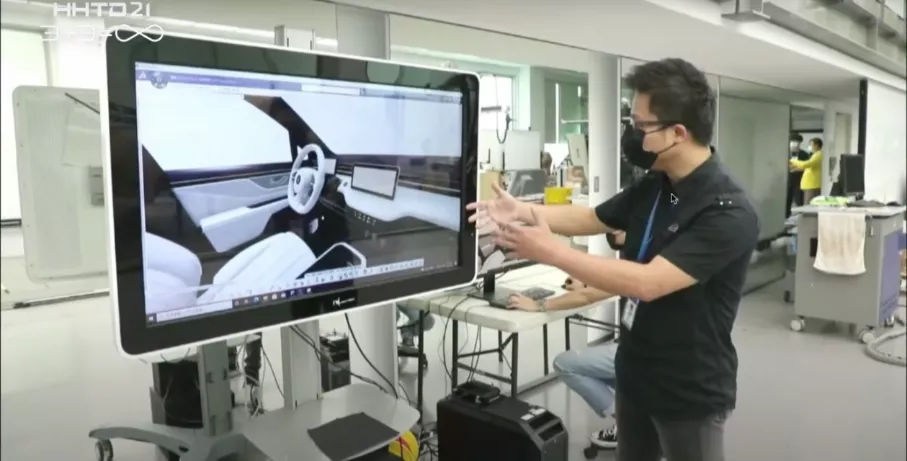
However, from the video’s prototype drawings, there are other design options for the cabin area. In other words, Foxconn can also flexibly respond to different customer needs.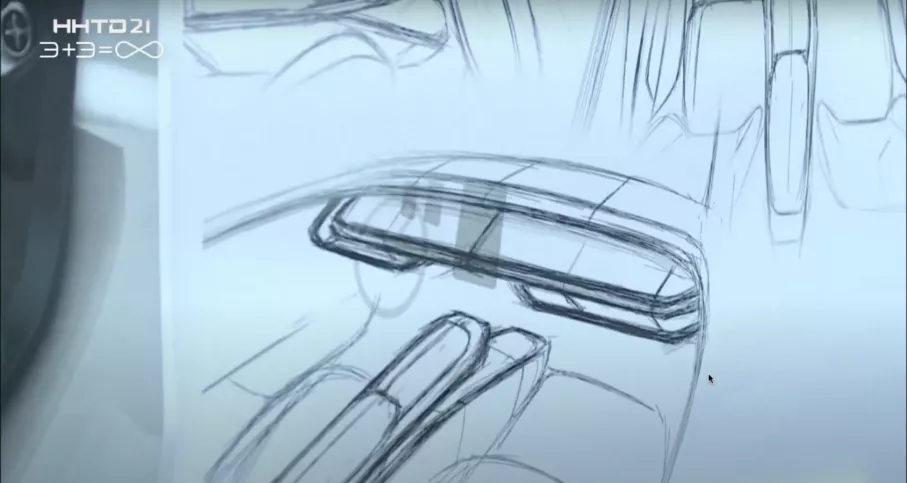
In terms of specific parameters, the car is 4640 mm long, 1855 mm wide, and has a wheelbase of 2860 mm. It should be in the same segment as the GAC Aion V Plus.
The advantage of a long wheelbase is that it can ensure good interior space, which is also an advantage of pure electric exclusive platforms.
Even if you want, you can change the layout of the 5-seat car to a 7-seat car, but of course, the trunk space will be sacrificed.
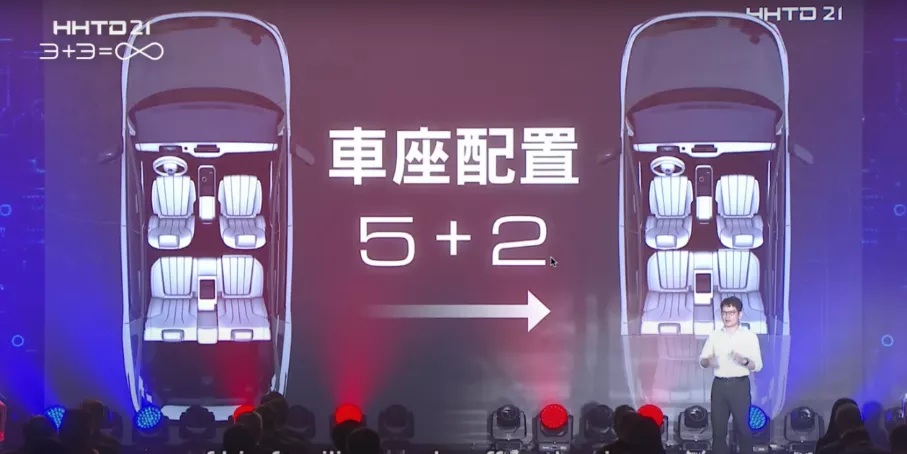
In terms of performance, currently it is known that there are two types of driving systems: front-wheel drive and four-wheel drive (it is not known whether rear-wheel drive is planned).
The front-wheel drive version will be equipped with a 100 kW motor and a 58 kWh battery.
The four-wheel drive version has a peak power of 300 kW, 700 Nm, and a 0-100 km/h acceleration of 3.8 seconds.
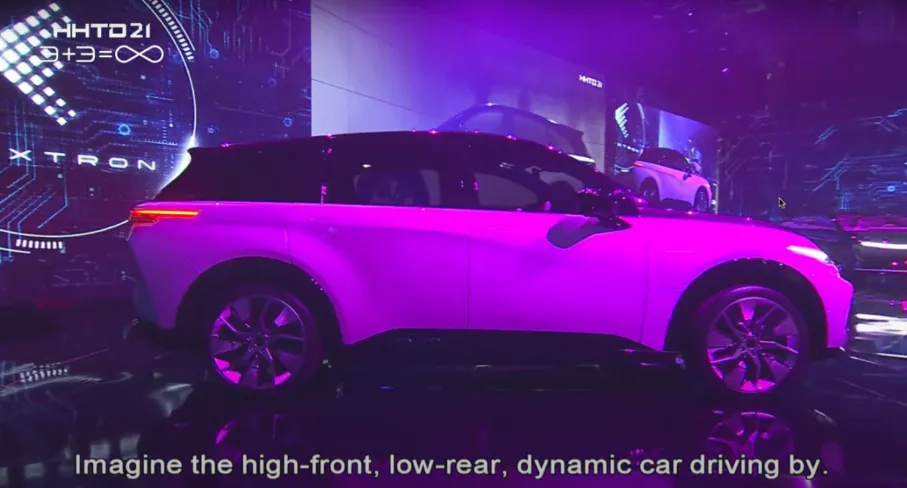
According to the official statement, the Model C has good energy consumption control, with a energy consumption of only 13.4 kWh/100 km and a maximum range of 700 kilometers. It should achieve a long range with a single motor.
This performance is considered excellent in the current market.
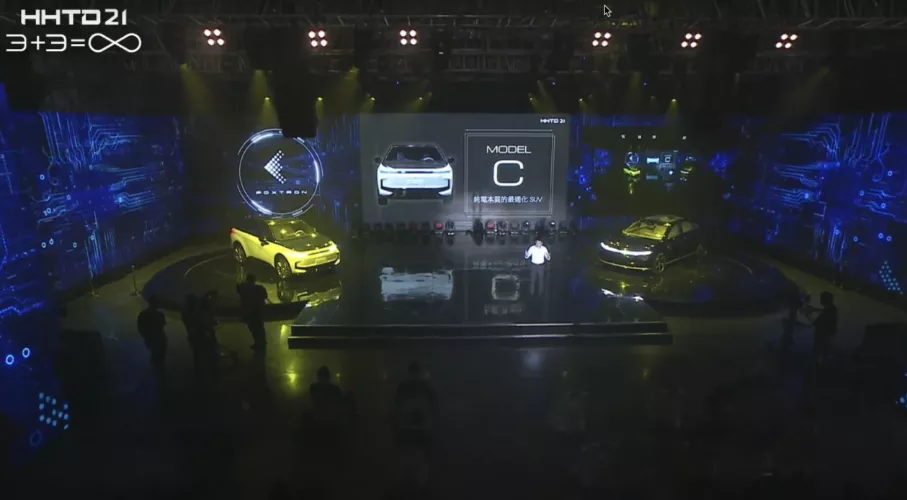
However, I am not impressed with its intelligence.
During the launch event, not much was said, but from a small part of the captured video, it was clear that Model C has some shortcomings.
During the navigation switch, there was obvious lag in the demonstration video, which means the infotainment system has not been developed well.
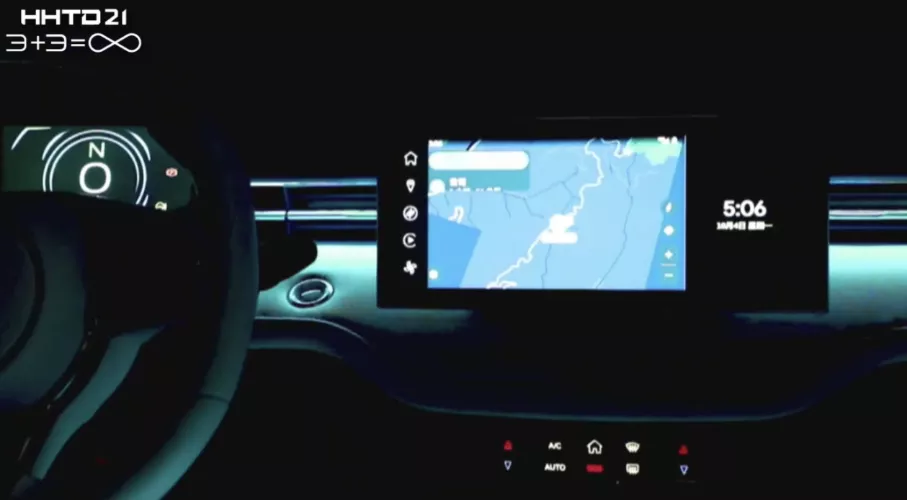
I am confused as to why this kind of “car crash demonstration” can still occur on a global live broadcast, and Hon Hai (Foxconn) seems to have a lot of confidence in it.
Hon Hai’s erratic moves do not stop there. They designed a strip on the dashboard of the Model C which is integrated with the air outlet, solely used to fix a mobile phone holder, and Hon Hai called this a “clever idea”…
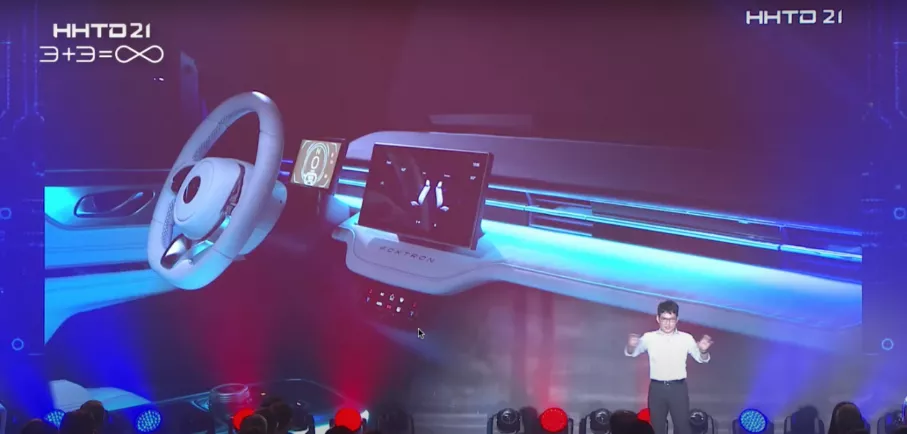
I froze on the spot. Shouldn’t manufacturers focus on improving their “software” strength?I wonder how little confidence Foxconn has in their own “software development”? However, the development pace of this car is quite fast. According to Shen Rongjin, Vice President of the Foxconn Group Administrative Yuan, “Model C has completed quality and safety testing and has started a 200,000-kilometer road test”. Meanwhile, Model C is cooperating with a state-owned company in Southeast Asia and will have a 50,000-capacity factory. It will also enter the Southeast Asian market in the next two to three years.
As for the selling price, Foxconn has it all figured out: “Expected to be priced in double digits of Taiwanese dollars”, which means it will be lower than 1 million Taiwanese dollars (about RMB 230,000). It seems that it will be cheaper than the Aion V Plus (the 700-kilometer ultra-long-endurance version is priced at RMB 239,600).
As for the release date, Foxconn stated that it will be listed in Taiwan first in 2023.
At the technology day event, Yulon Group CEO Yan Chenlilian stated, “Yulon Group’s Luxgen and Changan brands will be the first customers of Foxconn’s advanced product platform”.
It looks like the first customer is already set.
Model E: Focus on electric vehicle technology innovation
The highlight should be Model E.
When I first saw this name, my first reaction was, “Won’t it infringe?”
A key point of the Foxconn Open Platform is “to gather the power of the ecosystem partners to achieve joint development”, and Model E is a typical representative.
Specifically, Model E is based on the Foxconn Open EV Platform, with engineering development by Foxtron Advanced Technology and styling cooperation with Pininfarina, an Italian automotive design firm. The company has designed the classic Italian supercars Ferrari and Lamborghini.
(please write your comments in the box)
I have to say, the master design is really impressive. Without further ado, here are the pictures:
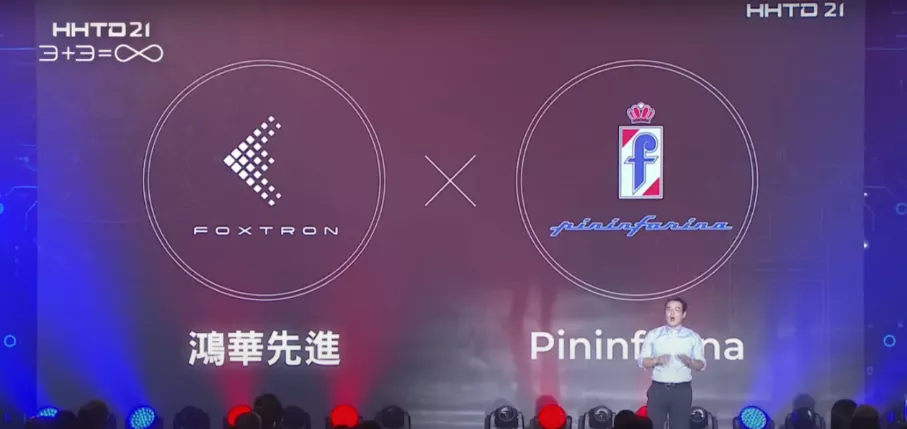
Regarding this car, Foxconn founder Terry Gou said, “Personally for me, (this car) is the best birthday present I have received since I was 71 years old.”In the cabin, a popular triple-screen setup is used, but all three screens on the Model E are facing the driver. One might wonder if it is necessary to have so many screens.
It is known that the Model E is 5100 mm long, 2000 mm wide, and has a wheelbase of 3100 mm. This places it in the same category as the NIO ET7, targeted as a luxurious flagship sedan for business purposes.
The windows utilize Smart Glass technology, which is somewhat similar to the variable color sunroof on the Voyah.
Performance is a major feature of this car. With a 150 kW front motor and a 400 kW rear motor, it generates 750 horsepower. It can reach 100 km/h in 2.8 seconds, which is between that of the Tesla Model S Long Range (3.2 seconds) and the Model S Plaid (2.1 seconds), still a very good performance.
The Model E has a maximum range of 750 kilometers (96 kWh battery capacity), which is still a commendable performance.
The Model E has a drag coefficient of 0.22, compared to the 0.208Cd of the new Model S and NIO ET7.
This is not to say that the Model E is inferior, but rather the competition is too strong. This is quite a good performance for Hon Hai, which is building its first car.
Intelligence is Hon Hai’s emphasis. The Model E utilizes a domain-centralized architecture, with a lot of AD/ADAS hardware pre-embedded, which can be set and expanded according to the customer’s needs.
However, the example Hon Hai gave for this is smart greetings (facial recognition).
In addition, the intelligent displays on the front, side, and rear of the car can interact with the outside world, like this:
This is actually the programmable lighting language that many automakers in China are working on.
To be honest, I was quite disappointed with the demonstration content for this part.
I originally thought Hon Hai would present more intelligent driving-related demonstrations, but they did not.
As for when the new car will be released, Hon Hai’s response is, “The Model E will follow after the Model C is launched.”## Model T: The Next Generation Intelligent Bus
As for the bus, let’s just show you the picture:
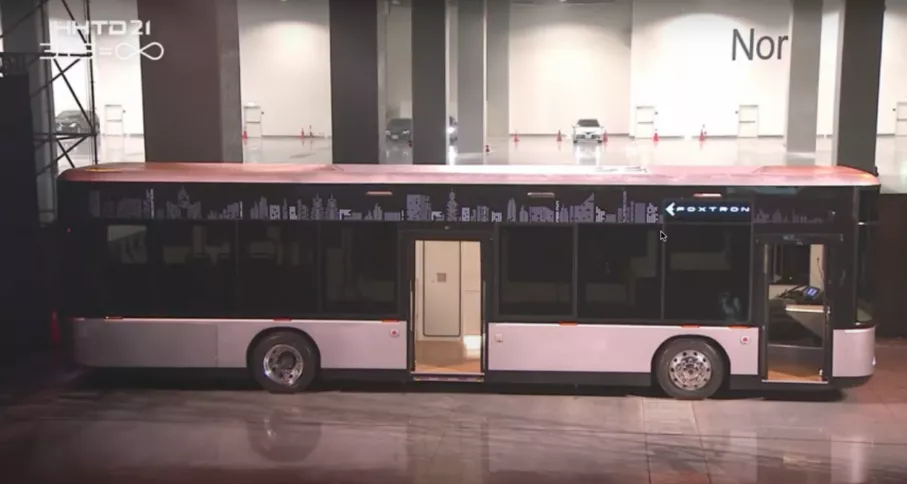
In terms of specifications, the Model T is equipped with a 400 kWh battery pack that provides a range of over 400 kilometers. To put it into perspective, that’s more than enough to drive from the tip of Taiwan to the other end, which is only 397 kilometers on the highway.
As early as July this year, Hon Hai subsidiary, Hongyan Advanced Technology, signed a cooperation memorandum with the Beiji International Company and the Kaohsiung Bus Company under the SanDi Group. Under the partnership, the two parties will use the SanDi Group’s existing bus system as a foundation to introduce electric buses through staged collaboration planning. Initially, the electric buses will provide passenger services through trial operations, and it is expected that they will be officially incorporated into SanDi Group’s Kaohsiung Bus Company next year.

In this regard, the Taiwan Provincial Government also has a corresponding plan to provide opportunities for E BUS to cultivate the industry’s competitiveness in the international market by using the domestic demand market (Taiwan aims to achieve full electrification of passenger buses by 2030).
Those Outside Want to Enter
When the morning session ended, Hon Hai said: “We are ready for the EV business. In five years, electric vehicles will definitely be Hon Hai’s next trillion-dollar industry.”
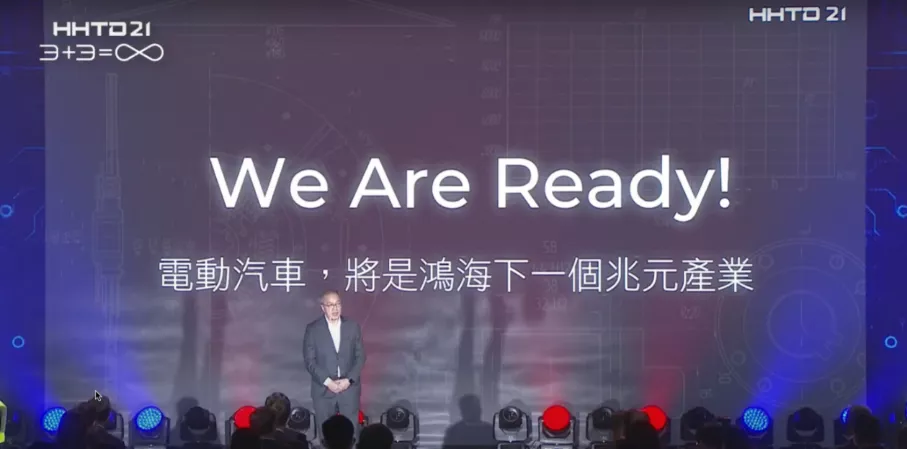
You can feel Hon Hai’s eagerness to enter the car-making industry spilling out of the screen.
This suddenly reminded me of another company: Huawei. Huawei is widely recognized in the industry as a company that understands cars very well and has a lot of technical expertise. It is generally assumed that Huawei will make cars.
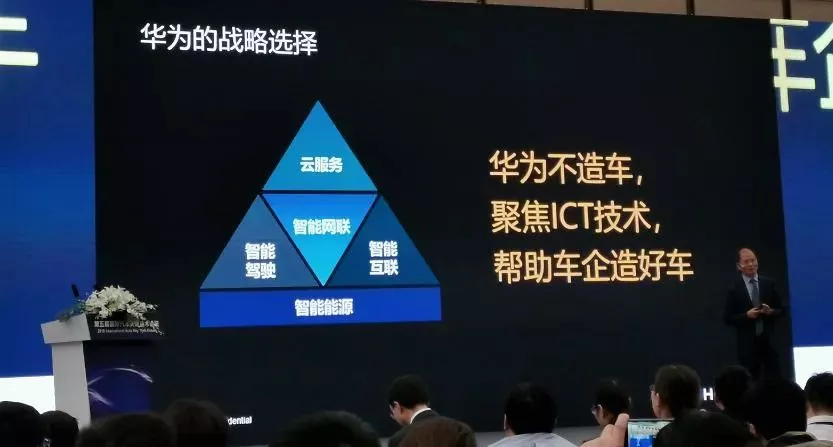
On the one hand, Huawei, which is very knowledgeable about cars, insists that it will not make cars, while on the other hand, Hon Hai, a manufacturing giant, is determined to make cars.
Well, reality is just that fragmented. Like being trapped in a castle.
Just a year ago, Hon Hai released an electric platform, but a year later, it brought three cars to the show.
The pace is still very fast, and there is still a lot of room for improvement, especially in terms of software.
For Hon Hai, it is good to have the original intention of making cars, but the pace still needs to be controlled. After all, taking big steps can easily lead to mistakes.
This article is a translation by ChatGPT of a Chinese report from 42HOW. If you have any questions about it, please email bd@42how.com.
